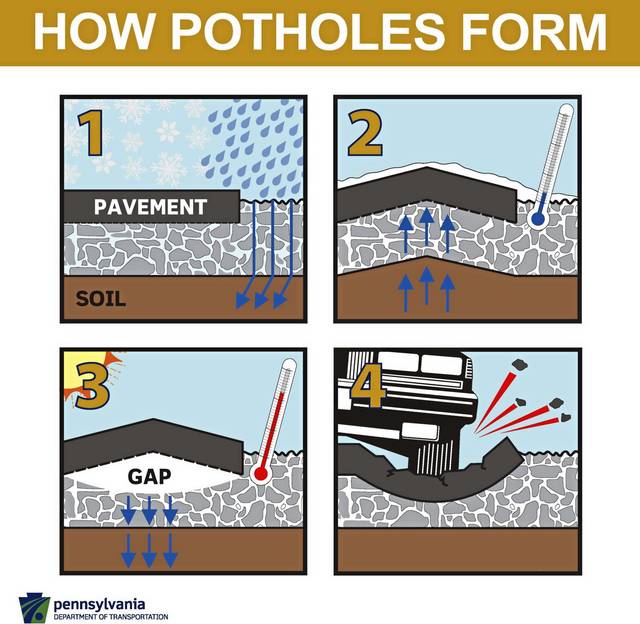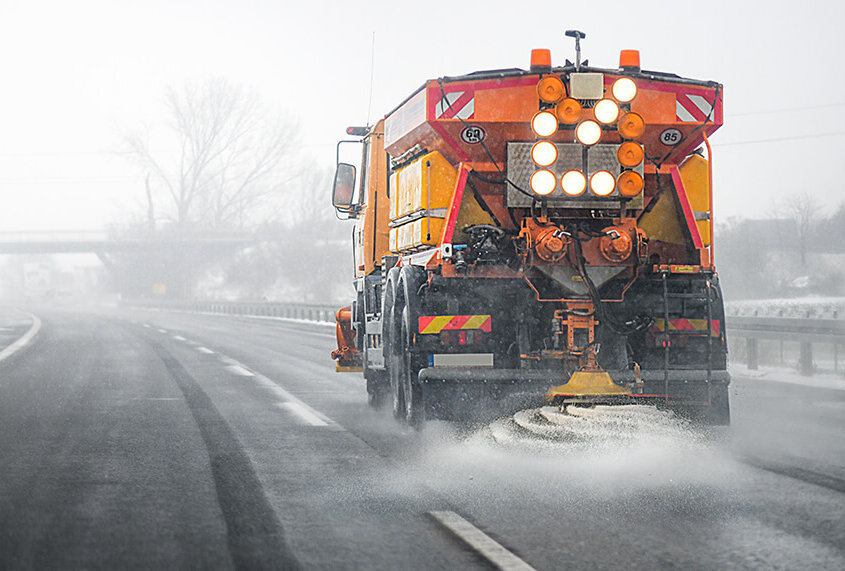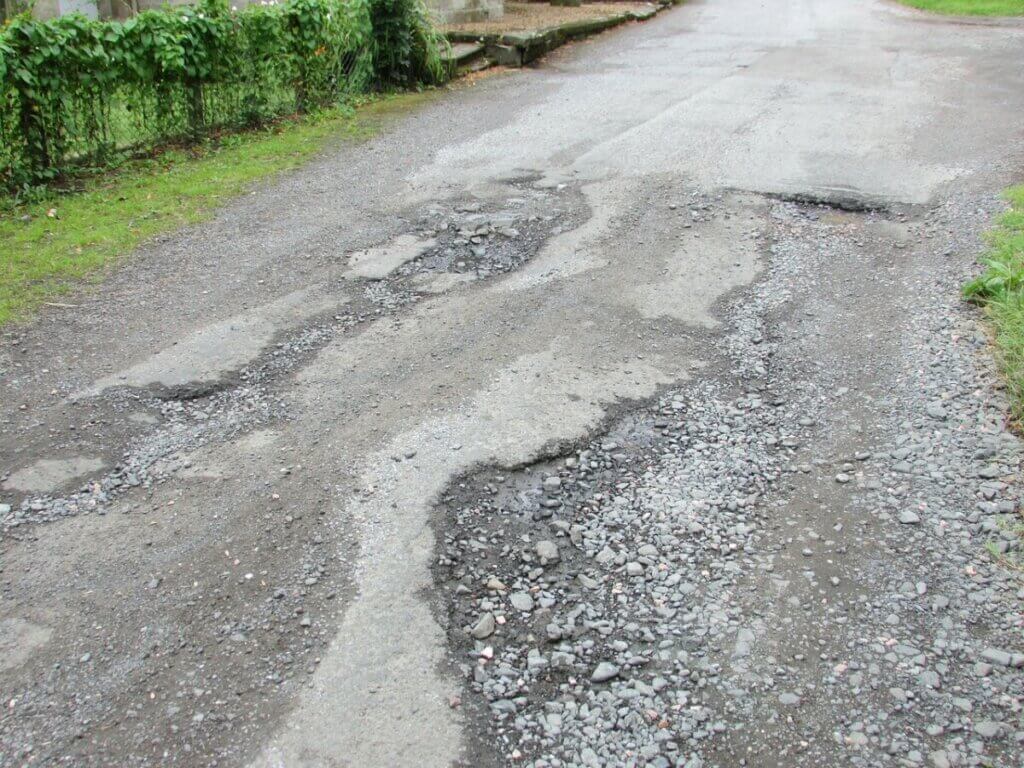Potholes, the inevitable road distress we all love to hate – and for good reasons! They are potentially hazardous and costly.
But since they are an inevitability, it’s time to learn the what and why of potholes. Also, if you are a municipal official or engineer responsible for managing roads, we will share how to find them in your network!
What are potholes?
According to the American Society for Testing and Materials (ASTM) Designation 6433, potholes are ‘bowl-shaped depressions in the pavement surface’ with ‘sharp edges and vertical sides near the top of the hole.’ Technical description aside, we know them to be holes in the surface of the road that are often a nuisance while driving.
They can form on any road surface, from unpaved dirt roads to asphalt pavement. And potholes are not limited to a particular climate. While they’re often associated with cold-weather climates, they are no stranger to warm-weather regions either.
Potholes cause significant damage to vehicle tires, wheels, shocks, alignment, and connected parts. AAA conducted a study that found the average car repair bill due to potholes is $300, and from 2010-2015 potholes cost vehicle owners approximately $15 billion in damages.
Since they are an inevitability, planning and exercising caution while driving will help you to avoid pricey vehicle repairs. AAA suggests the following:
- Keep tires properly inflated with ample tread
- Inspect the vehicle’s suspension and alignment
- Keep your eyes ahead on the road and look for potholes or puddles
- Slow down safely while approaching a pothole
- Do not brake as your vehicle hits a pothole
Why do potholes form?
Potholes are often the result of a combination of factors related to weather conditions and vehicle loading, otherwise known as traffic.
In colder climates, the freeze-thaw cycle is the main culprit to forming potholes. When water that has seeped into the pavement or the ground underneath freezes, it expands and pushes on the pavement. As the water melts, it leaves gaps. The weight of vehicles traveling over the gaps causes them to collapse, and voila, a pothole is formed.

Similarly, rain can also cause potholes. Vehicles push excess water into the pavement surface and subsurfaces after a rainfall. Moisture weakens the surface layers and the binding agents and causes the pavement to be susceptible to cracking. As vehicles travel over cracked pavement and/or more water seeps in through the cracks, they get worse and will eventually create a pothole.
The last cause of potholes is heavy vehicle loading on pavements. This is especially common on rural or residential roads that were not constructed to support heavy vehicle traffic. Trucks with multiple axles have the exponential effect on pavement surfaces compared to regular passenger vehicles. Therefore, as trucks travel over rural or residential roads, the weight causes the pavement surface to collapse, resulting in potholes.
How can I find them?
Roads are the responsibility of the jurisdiction who built and manages them. For example, County roads are the responsibility of the County’s Public Works Department. Likewise, State roads are the responsibility of the State’s Department of Transportation (DOT).
Managing a road network is a difficult and resource intensive task. In 2018, municipalities across Pennsylvania spent over $63 million on pothole repairs alone. Limited manpower, budget, and time means municipal officials often struggle to prioritize repairs and projects.
Potholes are easy to locate on heavily trafficked roads. You may have heard of a ‘pothole blitz’, where road maintenance crews will focus on repairing potholes for several days or weeks.
A pothole blitz is most effective when the crews know the location and number of potholes in the network, because then they can determine the time and materials required to complete the task.
Finding every pothole in your road network may sound like a daunting task, but it doesn’t have to be!
RoadBotics’s Pothole Detection clearly identifies every occurrence of potholes in your road network. You can export the data to give your crew the exact location of each and every hole.
In this recent Tips with Todd, RoadBotics Product Manager Todd Saulle explains the process and demonstrates how the data is presented on RoadWay.
Want to learn more about RoadBotics Pothole Detection technology and how it can benefit your road maintenance activities this spring? Contact us at potholes@roadbotics.com!







